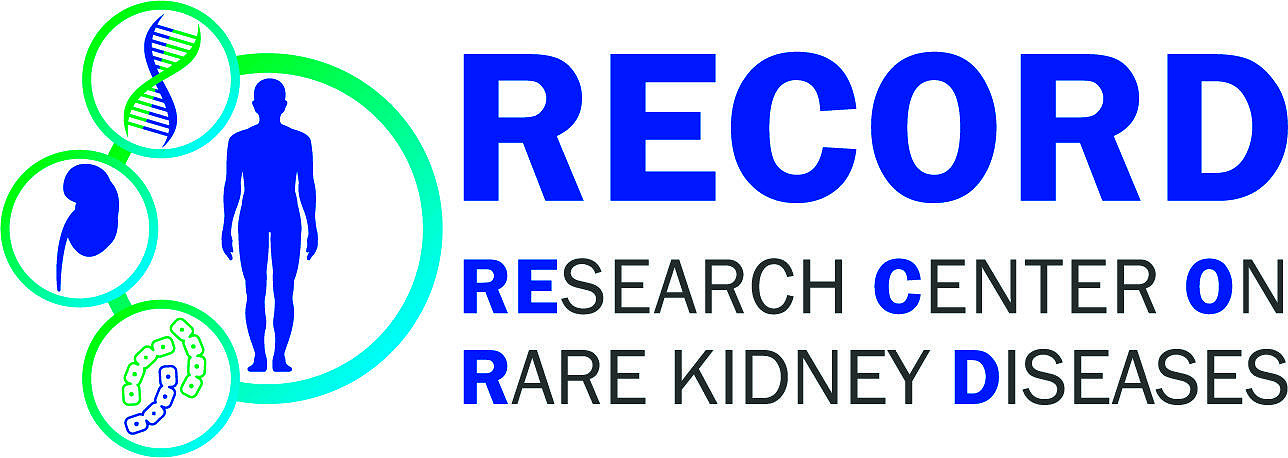 Proteinuria and renal perfusion in renal transplant recipients
Proteinuria and renal perfusion in renal transplant recipients
Wissenschaftliches Arbeitsprogramm (Abstract)
Primary focal segmental glomerulosclerosis (FSGS) is a rare histopathologic “pattern of injury“, causing end stage kidney disease in most patients. Patients frequently present with nephrotic syndrome, including proteinuria, edema, hypoalbuminemia and hyperlipidemia. After kidney transplantation, there is a 50 percent risk of recurrence and this is associated with a high risk of allograft loss. Although there is limited data on therapeutic efficacy, early diagnosis and treatment might improve outcomes. Evidence suggests, that podocyte injury is reversible before renal scarring occurs. Due to lack of controlled trials, the management of recurrent FSGS is inconsistent and highly empirical. At present, monitoring proteinuria is the most common methodology to detect recurrent FSGS in the allograft besides invasive biopsy. However, the source of proteinuria can be of the native kidneys or the allograft. In disease progression of FSGS, distinctive hemodynamic alterations with characteristic decrease in renal plasma flow, peritubular capillary flow, and elevated renal arteriolar resistances have been observed.
In the first phase of our study, we aim to analyse the association between proteinuria and kidney perfusion in recipients from our living donor kidney transplantation program. It is not feasible to limit the study population to FSGS patients in the first phase as this would result in a long recruitment period due the rarity of the disease. After completing the first phase and demonstrating a significant association between perfusion of the transplanted kidney and proteinuria, patients with FSGS will be recruited to confirm the findings of the first phase.
Analyses of the native kidney and allograft is performed using the innovative Arterial Spin Labelling (ASL)-MRI-technology without the need of contrast dye. This is particularly important for vulnerable patients with chronic kidney disease because it avoids the risk of contrast dye induced acute kidney injury and reducing the risk of nephrogenic systemic fibrosis. Measurement of total, cortical and medullary renal perfusion and intrarenal vascular resistance using ASL-MRI allows us to determine perfusion of different renal compartments.
Our aim is to include 25 patients from our living donor kidney transplantation programme. This single-centre clinical trial at the Clinical Research Center (CRC) of the Department of Nephrology and Hypertension in Erlangen will plan four visits for its patients. Appropriate candidates will be screened according to the inclusion and exclusion criteria on the first visit. The second visit should take place 4-8 weeks before transplantation and will include a physical examination, blood and urine sampling and an ASL-MRI of the native kidneys. The third visit is scheduled 2 months after kidney transplantation and will include a physical examination, blood and urine collection and a repeated ASL-MRI of the native kidneys and renal transplant. The final visit will occur 12 months after kidney transplantation.
This study is consisting of two phases, allowing us to demonstrate an association between proteinuria and perfusion of native kidneys and renal allograft and secondly detect early hemodynamic changes in the allograft of FSGS patients.
